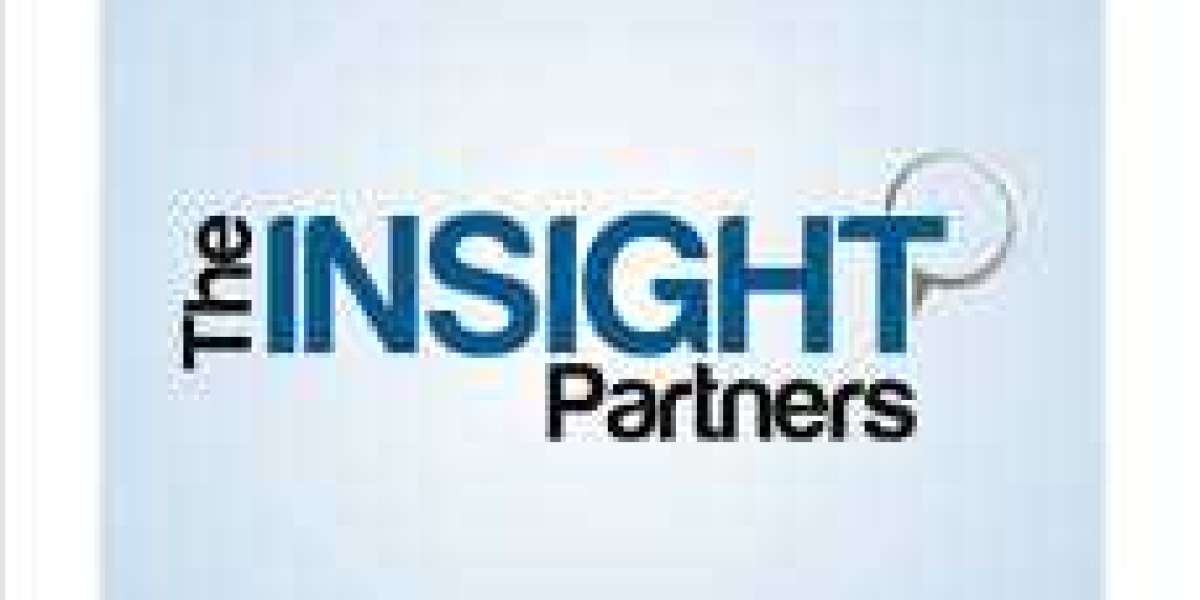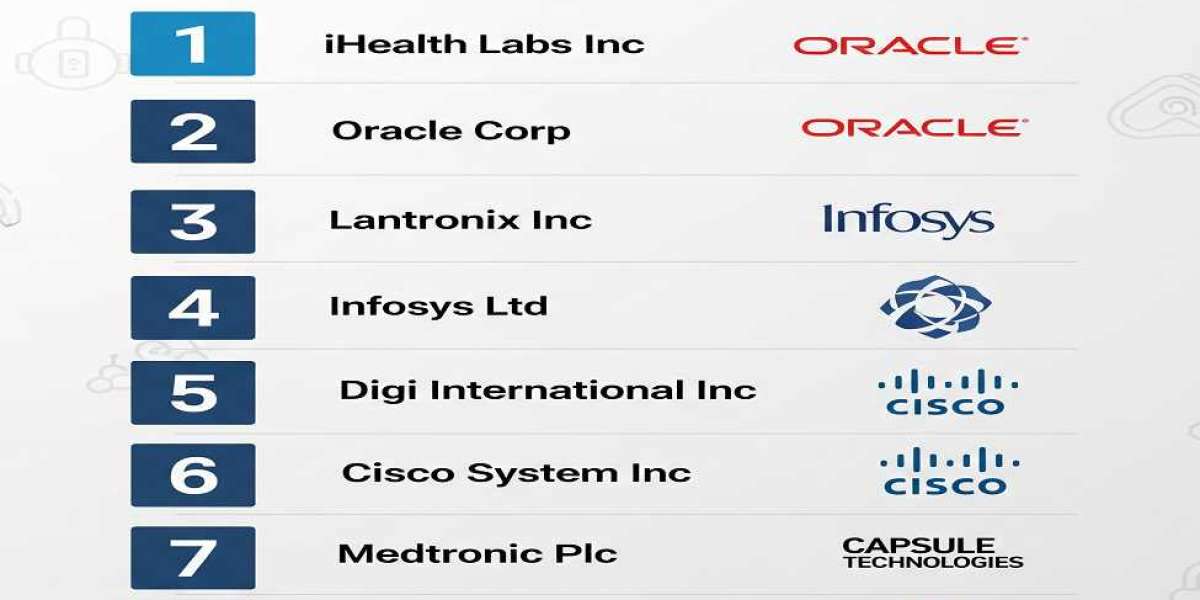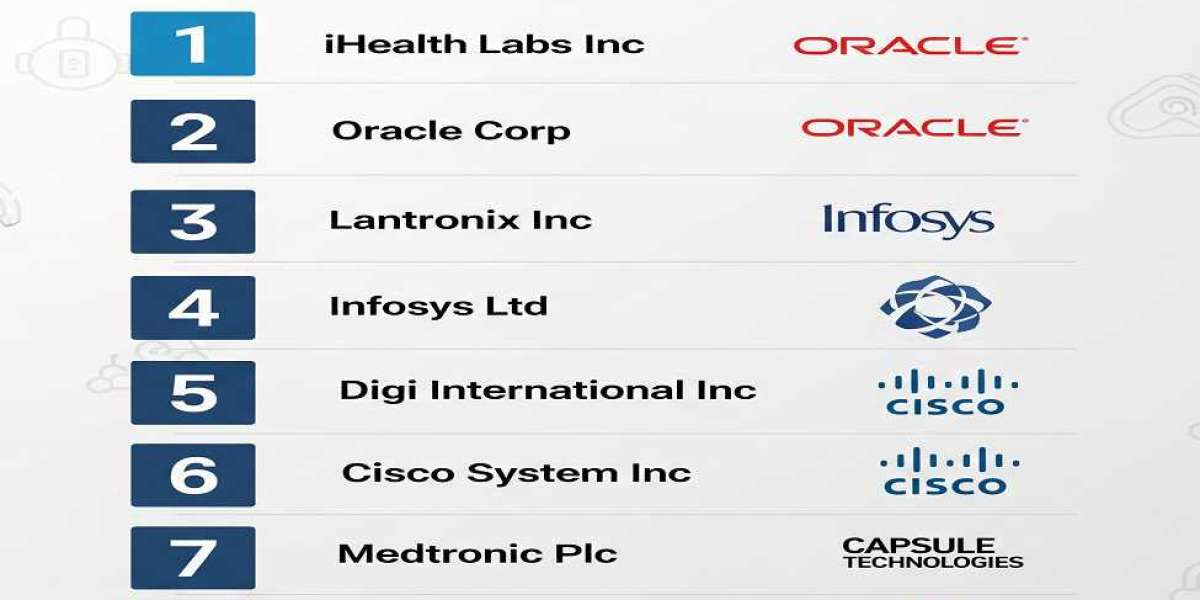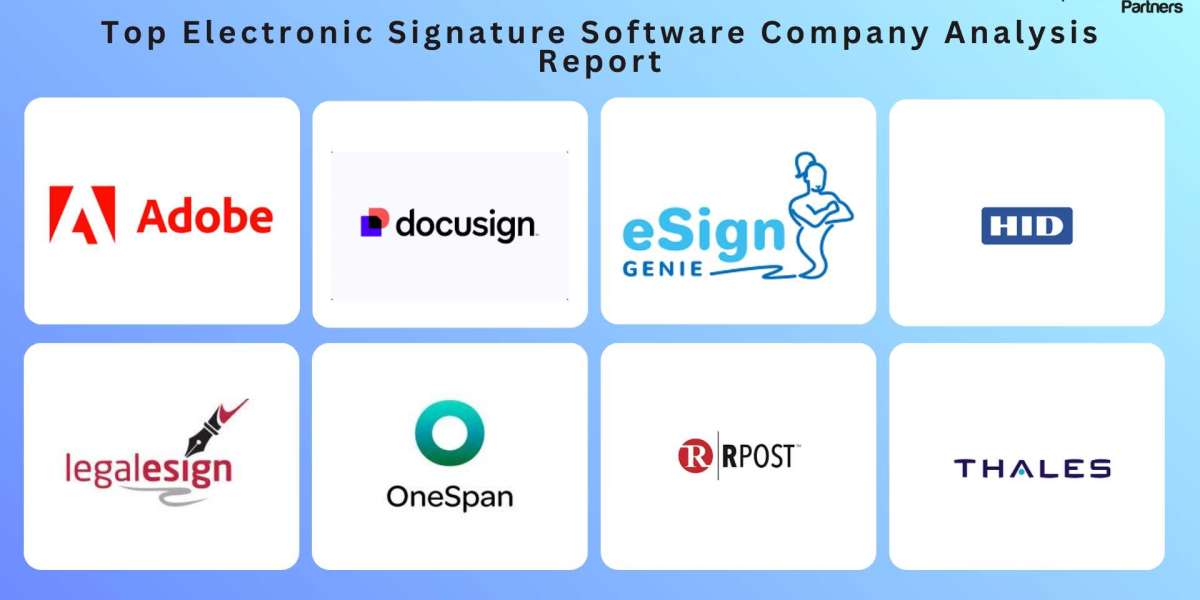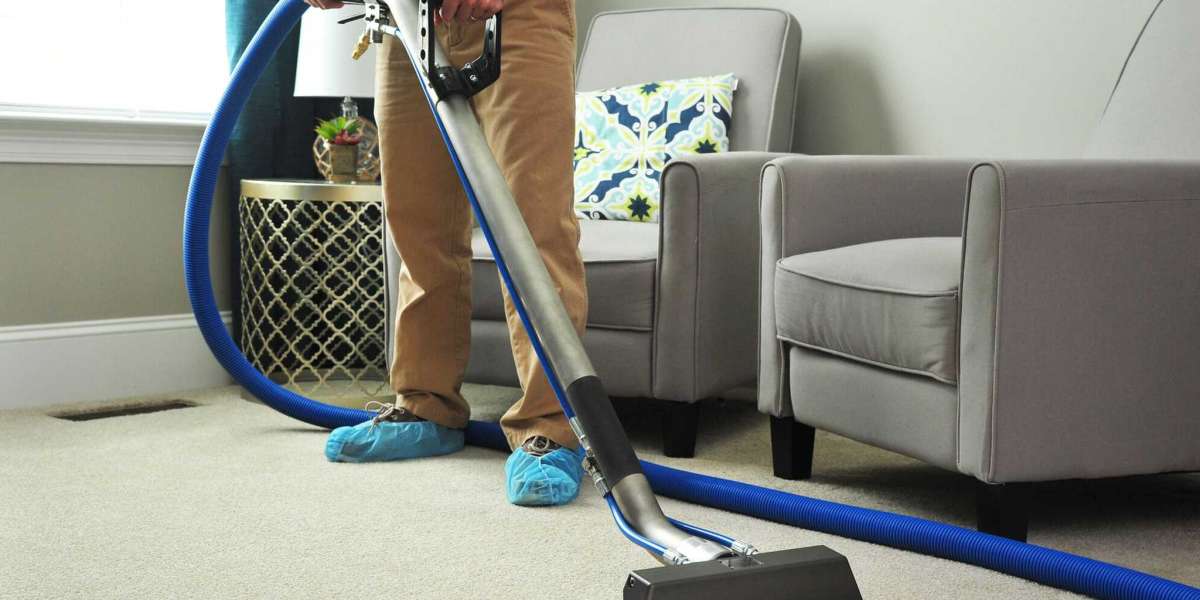The global sterilization services market is a pivotal component of the healthcare ecosystem, ensuring the safety and efficacy of medical devices, pharmaceuticals, and other critical products. This robust growth is underpinned by several key drivers, as well as evolving trends and challenges.
A primary catalyst for market expansion is the alarming rise in Hospital-Acquired Infections (HAIs). With an estimated 136 million cases of healthcare-associated antibiotic-resistant infections globally each year, the imperative for stringent sterilization protocols has never been greater. This drives demand for various sterilization methods, including Ethylene Oxide (EtO) sterilization, gamma sterilization, electron beam (E-beam) sterilization, and steam sterilization. While EtO has historically dominated, concerns about its environmental impact are propelling a shift towards alternatives like E-beam and hydrogen peroxide vapor (VHP) sterilization, which offer faster processing times and reduced chemical residue.
The increasing volume of surgical procedures worldwide, fueled by a growing and aging population and the rising prevalence of chronic diseases, further fuels the need for sterilized surgical instruments and medical devices. Additionally, the burgeoning medical device and pharmaceutical industries are increasingly outsourcing sterilization services to specialized providers. This allows companies to focus on their core competencies, reduce operational costs, and leverage advanced sterilization technologies without significant capital expenditure. In 2024, contract services held a significant share, accounting for over 70% of the market in the U.S.
Geographically, North America currently holds the largest share of the sterilization services market, attributed to its sophisticated healthcare infrastructure, stringent regulatory frameworks (like those from the FDA), and the presence of major medical device and pharmaceutical companies. However, the Asia-Pacific region is anticipated to exhibit the highest growth rate, driven by rapid industrialization, increasing healthcare expenditure, and a heightened focus on patient safety in developing economies like China and India.
Despite the positive outlook, the market faces challenges. The high cost of advanced sterilization equipment, stringent regulatory compliance, and potential environmental concerns associated with certain methods (like EtO emissions) pose hurdles. Furthermore, the need for skilled personnel to operate and maintain these complex systems remains a critical factor.
Looking ahead, the sterilization services market will continue to innovate, with a focus on sustainable practices, advanced sterilization technologies, and customized solutions. The ongoing emphasis on infection control, coupled with the increasing complexity of medical devices, ensures that this market will remain a vital and growing sector within global healthcare. Key players like STERIS plc, Sotera Health, and B. Braun Medical Ltd. are at the forefront of this evolution, investing in RD and expanding their service portfolios to meet the ever-growing demand for sterile healthcare environments.
Get Sample Report: https://www.theinsightpartners.com/sample/TIPRE00004899
Author's Bio:
Nilesh Shinde
Senior Market Research expert at The Insight Partners
